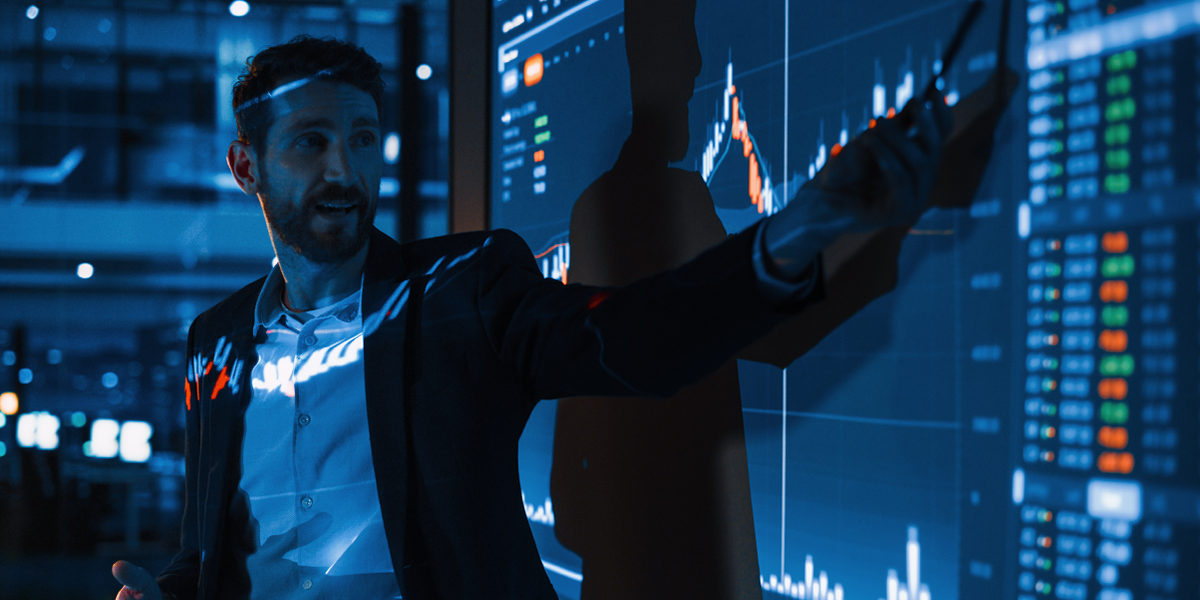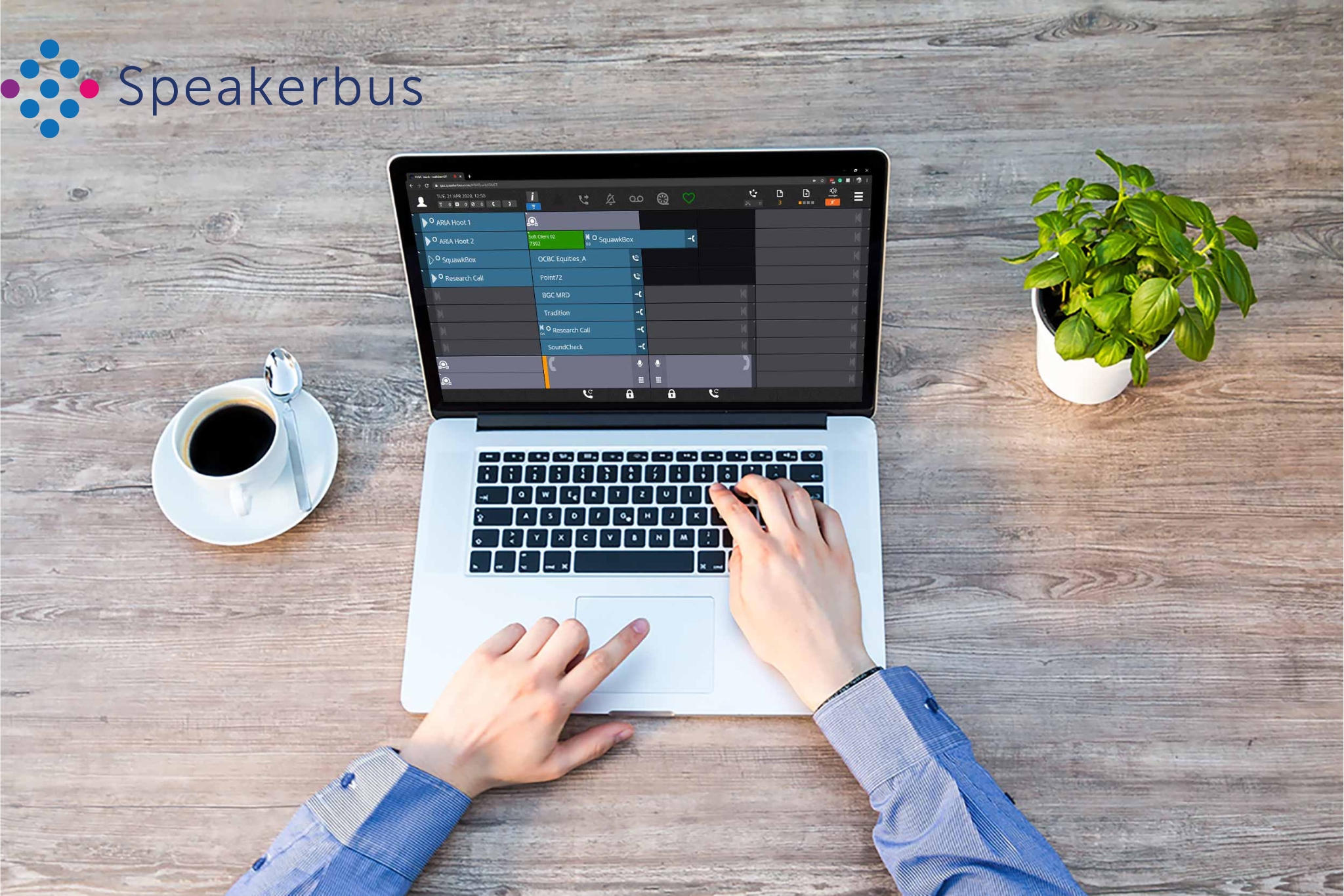
The financial markets have undergone significant transformations driven by rapid technological advancements, with one of the pivotal shifts being the transition from traditional open outcry methods to screen-based electronic trading. This transition, commonly framed as the ongoing debate of "Voice Trading vs Electronic Trading," gained momentum with the widespread adoption of the Internet in the early 2000s. As a result of these developments, electronic trading became increasingly prevalent, paving the way for the emergence of high-frequency trading.
The financial markets have witnessed several significant transformations shaped by rapid technological advancements. The change from open outcry to screen-based electronic trading and the spread of the internet in the early 2000s permitted Electronic Trading, and after this, high-frequency trading appeared on the scene. The Fintech journey continues today, with asset and wealth management firms boldly exploring a new era of Artificial Intelligence (AI) and Robo-advisors.
In this article, we delve into the battle between voice trading vs electronic trading, exploring their respective strengths, weaknesses, and the coexistence of both approaches in today's financial world.
Voice trading vs electronic trading - An overview of the human approach
Voice trading is steeped in history. For some, it conjures images of bustling 1980s trading floors with brokers shouting buy and sell orders across crowded pits, brightly coloured jackets, and cryptic hand gestures. For others, it remains today a fast and reliable way to connect teams and disseminate time-sensitive market information. This traditional technique thrives on personal relationships, where traders rely on verbal communication to negotiate and close complex deals. The human element is paramount, with traders leveraging their intuition and interpersonal skills to gauge market sentiments and make informed decisions.
Despite the proliferation of technology in financial markets, there remains a steadfast preference for voice trading in certain specialised sectors, including Over-The-Counter (OTC) derivatives, broker-dealers, and niche commodities. These industries demonstrate a strong commitment to voice trading by utilising private wires and dedicated voice connections, fostering direct and personalised communication between banks and brokers. Moreover, they rely on specialised call types like Intercom or Hoots to execute trades seamlessly with trusted counterparties, especially when orchestrating intricate and sophisticated transactions demonstrating its enduring value and effectiveness in these specific domains.
The flexibility and adaptability of voice communication make it well-suited for complicated transactions that require negotiation and customisation, where the nuances of human interaction remain priceless.
Voice trading vs electronic trading - Exploring the rise of automation
The digital era brought forth electronic trading, revolutionising the financial industry. With advanced algorithms and lightning-fast processing capabilities, electronic trading platforms introduced unparalleled speed and efficiency to execute trades. The rise of high-frequency trading (HFT) and algorithmic trading highlighted the power of automation in capturing arbitrage opportunities and executing large volumes of transactions within milliseconds.
Electronic trading presents a host of compelling advantages, ranging from cost-effective transactions and heightened liquidity to immediate access to real-time market data. The ability to swiftly process vast volumes of data empowers traders to make well-informed, data-driven decisions, positioning them to seize opportunities arising from market fluctuations with increased precision and efficiency.
Unpacking the advantages and disadvantages of voice trading vs electronic trading
Whilst voice trading provides a crucial advantage in facilitating nuanced communication, allowing traders to convey complex information, it can be relatively slow for all its human touch, making it unsuitable for high-frequency trading or automatically capturing swift market opportunities. Moreover, it can be and is more challenging to monitor and audit without the right platforms.
On the other hand, despite its speed and efficiency, electronic trading faces concerns related to market manipulation, as seen in high-profile incidents. The heavy reliance on algorithms also means system errors or programming flaws can lead to sudden market turbulence, such as flash crashes.
Both these trading types can be prone to human error from mishearing a call or a mistake in the algorithm - the commonality and weak part of the chain being the human interface to the technology.
The future of trader voice and electronic trading
The coexistence of voice trading and electronic trading plays a pivotal role in ensuring the flexibility and resilience of financial markets. While electronic trading offers speed and efficiency, voice trading brings a human touch, allowing for nuanced negotiations and handling complex transactions. This dual approach ensures that the markets can adapt to various conditions, fostering a healthy balance between automation and the personalised, relationship-driven aspects of trading.
Speakerbus anticipates new voice trading technology advancements, where voice recognition, Artificial intelligence (AI), and natural language processing seamlessly integrate with trading platforms. This convergence will combine the best of both worlds, providing traders with sophisticated tools while preserving the human touch when needed.
The growing integration of artificial intelligence and machine learning into trading systems will significantly influence the trading landscape, enhancing compliance, risk mitigation, and overall performance. Global financial regulators will assume a pivotal role in shaping this future, as they work to ensure that both voice and electronic trading methods align seamlessly with evolving compliance requirements.
Conclusion
The battle between voice trading and electronic trading is far from over with both approaches having unique strengths and roles in the financial markets. The future lies in finding the right balance between human intuition and technological prowess, leveraging the strengths of both voice and electronic trading.
The Significance of voice trading vs electronic trading: Embracing both together
In the ever-evolving landscape of global financial markets, adaptability is paramount. Embracing both voice and electronic trading methodologies together positions traders to not only weather the volatile tides of the financial world but also thrive amid its dynamic challenges. This approach not only enhances efficiency but also augments the resilience of trading operations, ultimately leading to greater success and competitiveness in the modern financial ecosystem.
Why not discover what critical voice communications can do for your trading teams? If you'd like to learn more about the benefits of cloud-based voice communication tools, download our whitepaper, visit our solutions page today, or contact one of our global offices.



